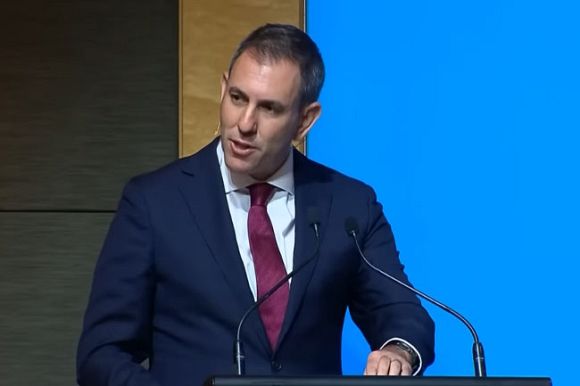The compulsory superannuation scheme ultimately benefits working Australians, but there are a few things to be mindful of. Stephen Koukoulas breaks down what you need to be wary of regarding your super.
ONE OF THE MOST visionary and life-changing reforms implemented in Australia in the past 50 years is compulsory superannuation.
The brainchild of former Prime Minister Paul Keating, the compulsory superannuation scheme implemented in the early 1990s means that all workers have a personalised retirement income saving account into which their employers pay a fixed percentage of their pre-tax income. The payment to the account is over and above a worker’s regular income, not deducted, which shows how generous the scheme is.
The money and savings in superannuation accounts are invested in stocks, bonds, international markets, property, utilities and a range of other asset classes. These investments earn returns – interest, dividends and the like – which add to the superannuation balance of each worker.
The combined effect of regular contributions plus the income earned on the investments is such that an individual on average full-time wages with 35 to 40 years of paid employment will retire with a comfortable level of financial assets to live off in retirement.
From 1 July 2024, 11.5% of a worker’s gross income is paid into each worker’s superannuation account and this will increase to 12% from 1 July 2025.
By way of example, a 12% contribution for someone on $80,000 a year will have $9,600 a year paid into their superannuation account. As wages rise, the contributions will rise and the prior earnings from the investments of the fund will also earn income.
The superannuation sector’s success shows up in the facts that there are nearly 25 million superannuation accounts in Australia, with assets set to hit $4 trillion when the June quarter 2024 data are released. As a benchmark of the magnitude of the sector, Australia’s annual GDP is currently around $2.7 trillion.
Not interested in superannuation? You should be!
As the new financial year kicks off, it is time to do a stocktake on your superannuation and put in place a strategy for monitoring its progress. While everyone has their own specific objectives for superannuation and different abilities to achieve them, there are a few rules that every worker and holder of a superannuation fund should follow.
It might sound trite to say it, but every few months, check the balance of your savings.
Various surveys show that a quarter of all superannuants “hardly ever” check their superannuation balances. This opens up the risk of things “going wrong” with your savings, either by accident, a deliberate underpayment from an employer or inappropriate fees being charged.
In simple terms, each time you check, make sure your employer is paying contributions on time and in full. Wage theft has been a major issue with some employers, which feeds into “superannuation theft”, which occurs when a firm does not meet their superannuation to their employees.
If there are any issues with the number and value of the payments, ask your employer why. This due diligence will help ensure your savings are earning a return for as long as possible and any errors can be addressed promptly.
You should also check the fees you are paying and the sectors and assets your fund is investing in. Fees are now more competitive than previously as a result of government regulatory changes. Not-for-profit industry funds usually have lower fees than other fund managers and tend to have returns equal to or higher than those charging high fees.
You may also want your savings to be invested in so-called ethical investments, which is an option offered by many funds. These funds are all structured differently but tend not to invest in companies involved in fossil fuel, armaments, tobacco, gambling and the like. You may want to have a conservative investment strategy or one where there is the potential for higher returns but with great risk. It’s your decision.
A final important note — each worker’s personal and financial circumstances are different and the issues covered in this article are not financial advice. If in doubt about any issue regarding your superannuation, ask your financial advisor, who should be able to address your queries.
In the meantime, check your superannuation balance, watch it grow over time and say a little thank you to Paul Keating for his vision from over 30 years ago.
Stephen Koukoulas is an IA columnist and one of Australia’s leading economic visionaries, past Chief Economist of Citibank and Senior Economic Advisor to the Prime Minister.
Related Articles
- Chalmers fights political battle for the future of super
- Super’s potential should not be superseded, says ACTU
 This work is licensed under a Creative Commons Attribution-NonCommercial-NoDerivs 3.0 Australia License
This work is licensed under a Creative Commons Attribution-NonCommercial-NoDerivs 3.0 Australia License
Support independent journalism Subscribe to IA.














